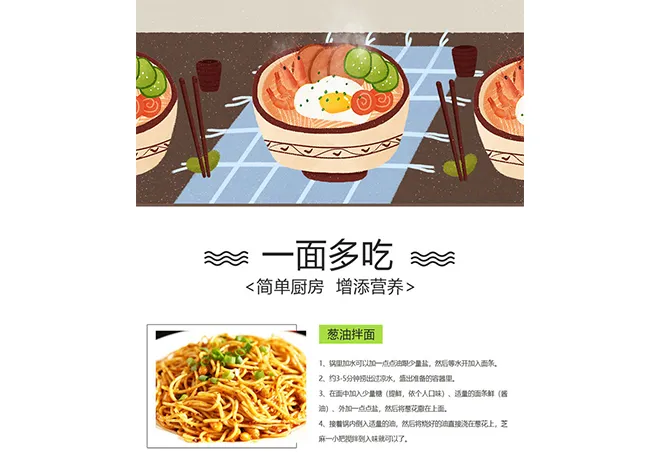Pure Buckwheat Soba Noodles for Healthy and Delicious Meals Anytime
Embracing the Wholesome Goodness of Pure Buckwheat Soba Noodles
In the world of culinary delights, few ingredients offer the versatility and health benefits that buckwheat does. Particularly in the form of pure buckwheat soba noodles, this ancient grain has become a staple in many kitchens, celebrated not just for its unique flavor and texture but also for its impressive nutritional profile. Whether you are a seasoned chef or a home cook seeking healthier options, understanding the ins and outs of pure buckwheat soba noodles can be a game-changer in your culinary repertoire.
What are Buckwheat Soba Noodles?
Soba noodles originate from Japan, where they have been a beloved dish for centuries. Traditionally made from buckwheat flour, soba noodles have a nutty flavor and a hearty texture that sets them apart from traditional wheat noodles. Pure buckwheat soba is made entirely from buckwheat, containing no wheat flour, making it a fantastic gluten-free option for those with gluten sensitivities or celiac disease.
Nutritional Benefits
One of the most striking advantages of pure buckwheat soba is its rich nutritional content. Buckwheat is high in protein, fiber, and essential amino acids. It is also a great source of vitamins and minerals, including manganese, magnesium, and phosphate. This combination not only promotes satiety but also supports healthy digestion and helps regulate blood sugar levels, making it an excellent choice for those looking to maintain a balanced diet.
Furthermore, buckwheat is rich in antioxidants, which can help combat inflammation and oxidative stress in the body
. Incorporating pure buckwheat soba noodles into your meals can contribute to overall health and well-being, making them more than just a delicious addition to your plate.Cooking with Pure Buckwheat Soba Noodles
pure buckwheat soba noodles

Cooking with buckwheat soba noodles is an enjoyable experience. They cook relatively quickly, typically taking around 4 to 7 minutes to prepare. It's essential to rinse the noodles in cold water after boiling to remove excess starch and prevent them from becoming sticky. This technique also enhances their texture, making them perfect for salads, stir-fries, or soups.
The versatility of soba noodles allows them to blend seamlessly with a variety of ingredients. For a traditional soba dish, toss the noodles with a simple dressing made from soy sauce, mirin, and sesame oil, adding in seasonal vegetables and proteins like tofu, chicken, or shrimp. Alternatively, consider cold soba salads in the summer months, pairing the noodles with crisp vegetables, fresh herbs, and a tangy vinaigrette.
Creative Pairings
The beauty of pure buckwheat soba noodles lies in their ability to absorb flavors, making them an excellent canvas for a multitude of sauces and seasonings. Experimenting with different cuisines can lead to delightful discoveries. For instance, try incorporating Mediterranean elements, like olives, cherry tomatoes, and feta cheese for a refreshing pasta salad. Or give them an Asian twist by adding kimchi, scallions, and sesame seeds to create a satisfying dish that celebrates the rich flavors of East Asian cuisine.
Additionally, buckwheat soba can be served warm or cold, making it a versatile ingredient suitable for any season. From cozy winter soups to light summer salads, these noodles adapt to your culinary desires.
Conclusion
Incorporating pure buckwheat soba noodles into your diet is not just a culinary delight; it’s also a commitment to a healthier lifestyle. With their rich nutritional profile, versatility in the kitchen, and delicious taste, these noodles deserve a prominent place in your pantry. Whether you choose to enjoy them as a simple bowl of noodles or as part of a more elaborate meal, pure buckwheat soba noodles offer a nutritious and flavorful way to enhance your meals. Embrace the wholesome goodness of buckwheat soba today and discover the many delicious possibilities it brings to your table!
-
Unleash Your Inner Chef with Delectable Italian Pasta CreationsNewsAug.01,2025
-
Savor Health and Flavor: Irresistible Soba Noodles for Sale Await!NewsAug.01,2025
-
Nourish Your Body with Premium Organic Ramen - A Culinary Delight AwaitsNewsAug.01,2025
-
Elevate Your Dishes with Our Exquisite Kinds of Egg NoodlesNewsAug.01,2025
-
Dive into Flavorful Convenience with Our Ramen OfferingsNewsAug.01,2025
-
Discover Exquisite Types of Naengmyeon and Chilled Soba NoodlesNewsAug.01,2025
-
Is Whole Wheat Pasta Healthy?NewsMay.30,2025
Browse qua the following product new the we

















































































































